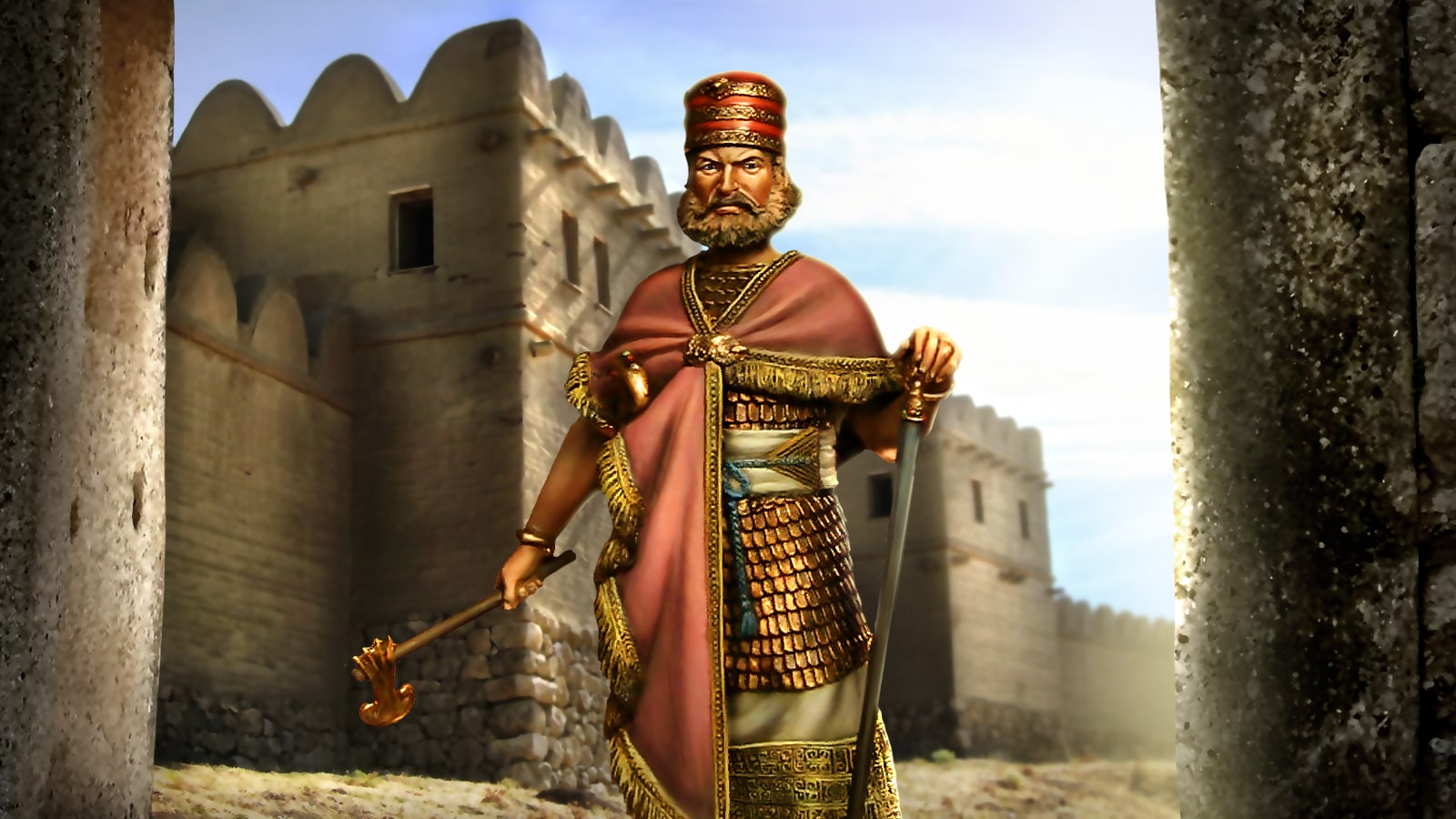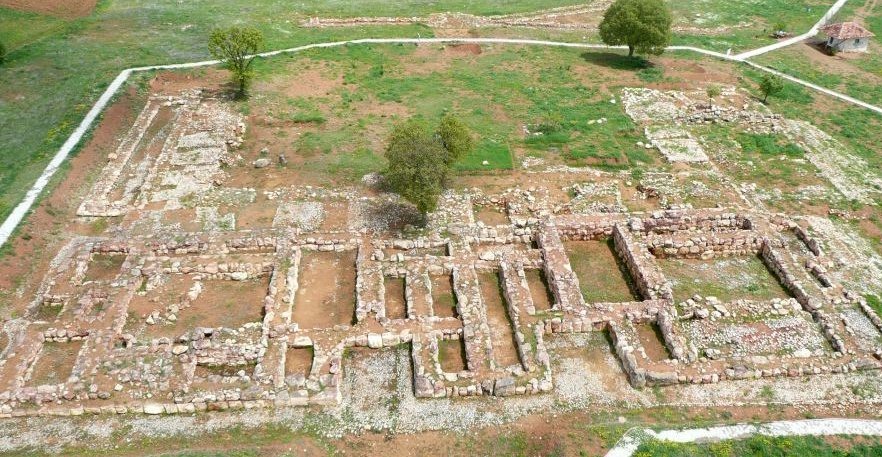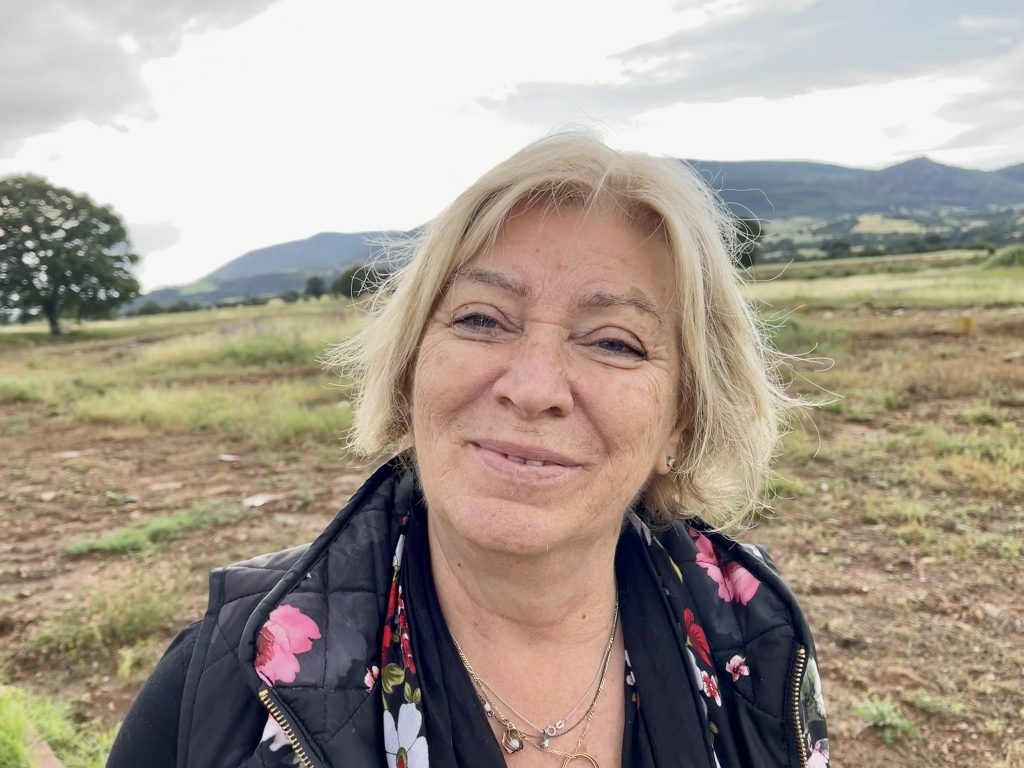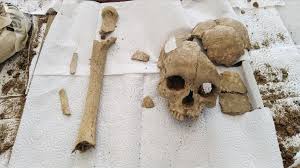
Aygül Süel “We are making big mistakes about the Hittites”
Prof. Dr. Aygül Süel, Head of the Department of Archaeology, Faculty of Arts and Sciences, Hitit University and the director of the excavation of the city of Sapinuwa , said in an online session she attended in recent years that we are making great mistakes for the Hittites.
Stating that some of the information that has been accepted as valid until now should be investigated, Prof. Dr. Aygül Süel said, “We are making big mistakes about the Hittites. Research centers should be established for this.”
In a session titled “Sapinuwa and the Story of Discovery with Prof. Dr. Aygül Süel” organized by the History and Culture Tourism Association on Zoom on the occasion of World Guides Day, Prof. Dr. Aygül Süel shared the beginning of the excavation of the city of Şapinuva, where she has been the head of science since 1991, the details of the excavation and the scientific data that the excavation has brought to Hittite history and geography.

“We started Sapinuwa excavations thanks to a tablet”
📣 Our WhatsApp channel is now LIVE! Stay up-to-date with the latest news and updates, just click here to follow us on WhatsApp and never miss a thing!!
Started in 1991 as a rescue excavation, Aygül Süel explained the beginning of the Ortaköy-Sapinuwa excavations as follows. “We found a tablet in Maşathöyük in 1973 that reads “My Sun, (the Great King) says: Tell Gashshu and Zilapiya: When this tablet reaches you, hurry to bring the soldiers gathered there and the chariot warriors with you to the presence of my sun (me, the great king) within 3 days“, we started a Hattusa-centered study on the map.
We started surface studies by making use of old Ottoman military range maps. And as a result of these surface studies, we came to Ortaköy. When we saw the tablet fragments found by the field owner and played with by his children, we started excavations at this point. When we started excavations, the first point we entered turned out to be the archive room. After 20 days of excavation, we had reached approximately 600 tablets and fragments.”

When asked how the name Sapinuwa was reached, Süel said, “We were excavating a city, but we didn’t know where we were digging. As the excavations continued, we uncovered 1867 tablets. I was reading the tablets myself. I read exactly 3500 tablets. I read the tablets and interestingly, these tablets were always written and sent to the king. It caught my attention. The king is supposed to live in Hattusa. I was thinking what was he doing here. And after these readings, it turned out that this place was Sapinuwa. In the fourth year of the excavation, the name Sapinuwa was finalized.”
We changed Hittite historical geography
The name Sapinuwa was actually known from a tablet found in Hattusa. But Sapinuwa was always sought in the lower region due to the Hurri influence, Süel said, “But with our work, Sapinuwa was localized two days north. Thus, we have changed the geography of Hittite history.”
Süel also gave the following information about Sapinuwa. Sapinuwa, a new 30-year excavation area spread over an area of 9 square kilometers, was home to the Hittite Great King Tuthaliya II and Taduhepa in the first half of the 14th century BC. It is another capital of the Hittite State. In the Hittite city, many structures were unearthed and taken under protection in the Tepelerarası and Ağılönü regions with the excavations that started in 1991. The unearthed structures, workshops and sacrificial pits are the only examples found in the Hittite World.
We found a skull in one of the filled pits in the workshops. We found a female skull, left temple. Ceramic and tablet fragments were found next to the skull. Vases with reliefs from the period were seen. The important point for us is that information about ancient DNA can be obtained by carbon determination. The fact that no Hittite graves and cemeteries have been found so far increases the importance of this find.

We are making a big mistake for the Hittites
Prof. Dr. Aygül Süel said at the end of the online session that we cannot know anything for sure about the end of the Hittites, just like we cannot know exactly where they came from. “There are 3 assumptions about the arrival of the Hittites. The Caucasus, the Straits… But I want to say this. If we are making mistakes while searching for big cities, we are making mistakes for the Hittites. We are making a big mistake for the Hittites. We don’t know, we can’t solve it. There is a Hurri influence in Shapinuva. A quarter of the tablets are written in Hurri. The tablets are under Hurri influence… We do not know the Hurrians. When we say they use Indo-European language, we say the Hittites were Indo-European. Now, when we excavate the Alaaddin Keykubat hill, we will see that the documents found there are written in Persian. Then will the Seljuk Turks be Persian? This is why we need to find solutions to these problems by establishing research centers.
You may also like
- A 1700-year-old statue of Pan unearthed during the excavations at Polyeuktos in İstanbul
- The granary was found in the ancient city of Sebaste, founded by the first Roman emperor Augustus
- Donalar Kale Kapı Rock Tomb or Donalar Rock Tomb
- Theater emerges as works continue in ancient city of Perinthos
- Urartian King Argishti’s bronze shield revealed the name of an unknown country
- The religious center of Lycia, the ancient city of Letoon
- Who were the Luwians?
- A new study brings a fresh perspective on the Anatolian origin of the Indo-European languages
- Perhaps the oldest thermal treatment center in the world, which has been in continuous use for 2000 years -Basilica Therma Roman Bath or King’s Daughter-
- The largest synagogue of the ancient world, located in the ancient city of Sardis, is being restored











Leave a Reply